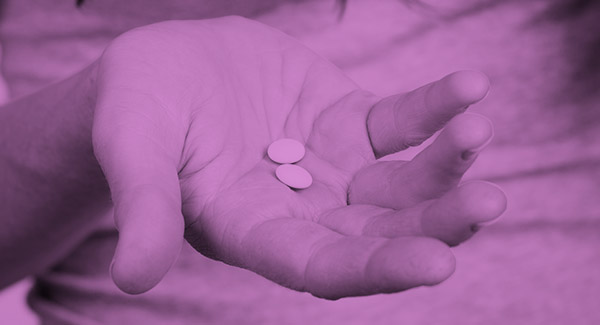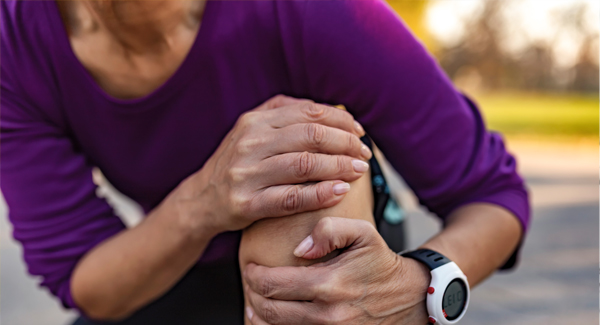Calcium Pyrophosphate Deposition
Pseudogout comes on suddenly and causes intense pain in one or more joints.
Calcium pyrophosphate deposition (CPPD) disease, commonly called “pseudogout,” is a painful form of arthritis that comes on suddenly. It occurs when calcium pyrophosphate crystals sit in the joint and surrounding tissues and cause symptoms like gout. Gout, however, is caused by a different type of crystal. The disease may cause lasting arthritis that may be mistaken for osteoarthritis, rheumatoid arthritis (RA) or gout.
Developing pseudogout is more likely as a person ages. Almost half of people over 85 have the crystals, but many of them don’t have symptoms
- Swelling of the affected joint.
- Intense joint pain.
- Joint that is warm to the touch.
- Stiffness.
- Fever.
Over time, the crystal deposits associated with pseudogout can cause ongoing inflammation and joint damage. This can mimic the symptoms of osteoarthritis or rheumatoid arthritis, including:
- Joint pain and stiffness.
- Low-grade inflammation.
- Knobby swelling at the joint – typically the knees, wrists, knuckles, shoulders, elbows or ankles.
- Decreased function of the joint.
- Morning stiffness and fatigue.
In severe cases, surgery to replace damaged joints is an option.
We're here to help.
Connect with the Arthritis Foundation national or local offices for more information on ways to donate, membership, media or partnership inquiries, volunteer opportunities, and more!


